Back to tour Old town: Sendlinger Tor to Isartor
Georg-Kronawitter-Platz
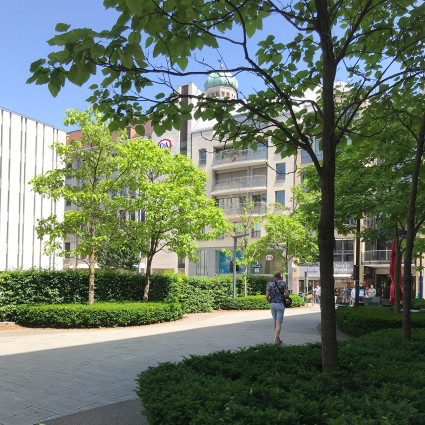
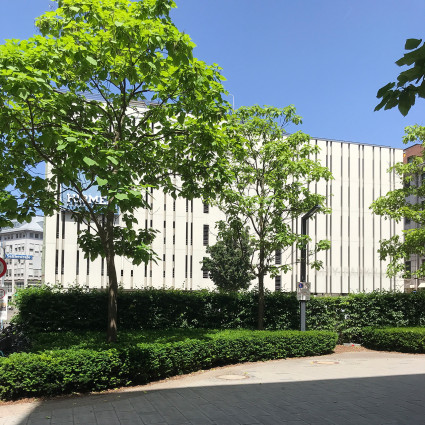
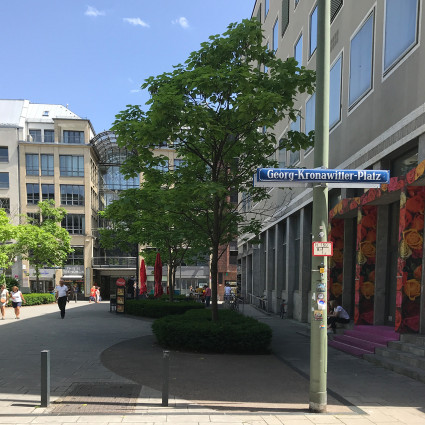
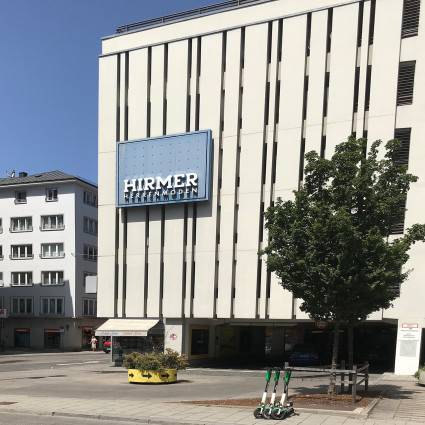
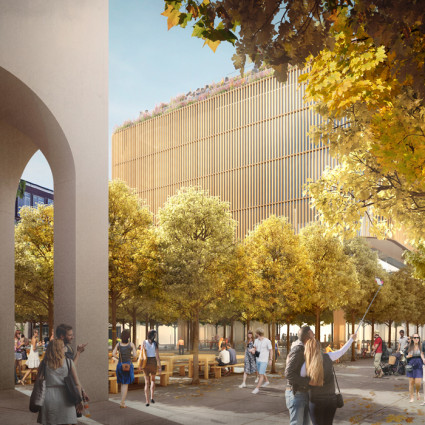
Georg-Kronawitter-Platz
In the middle of Munich's old town, only a few steps away from Marienplatz, a new public open space is being created. Georg-Kronawitter-Platz is built on the site left by the demolition of the Hirmer parking garage on Färbergraben, and the former post office opposite. The master plan is to create space for retail, offices, local amenities and living in an attractive environment that will also include the establishment of a pedestrian zone. The square, with its shady tree-top roof, will be an important link between the pedestrian zone, Hackenviertel and Sendlinger Strasse.
Profile
- Builder: Hirmer, Inselkammer
- Planning: Foster + Partners
Photo credits
LHM, Foster+PartnersDie Standorterkennung ist fehlgeschlagen.
Bitte prüfen Sie die Standortfreigaben Ihres Browsers und/oder die Systemeinstellungen Ihres Gerätes.
Mehr dazu auf unserer Hilfeseite.